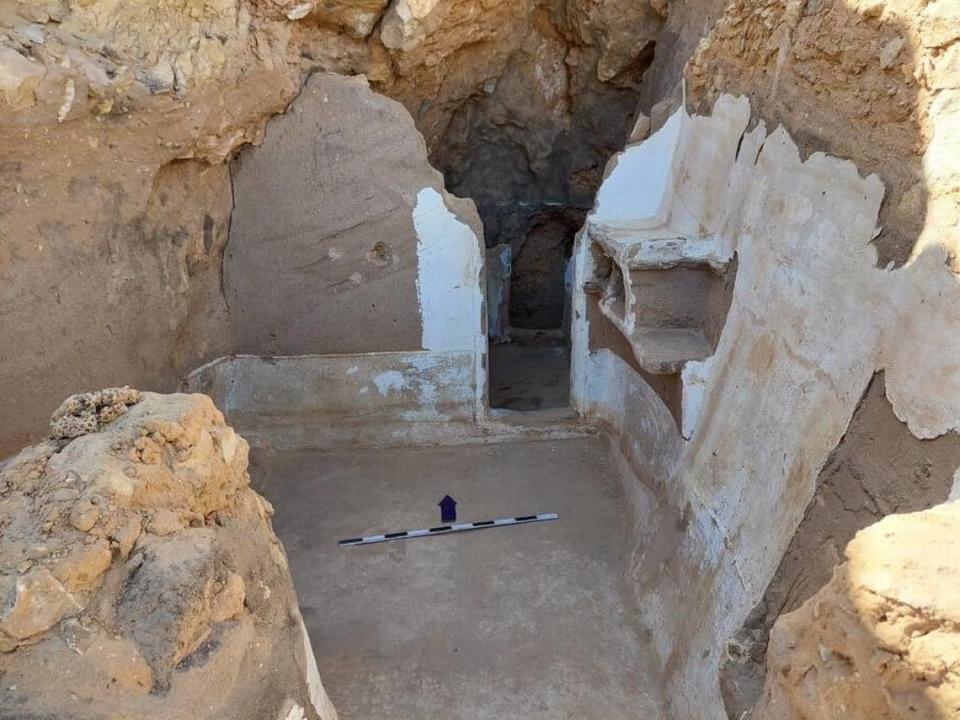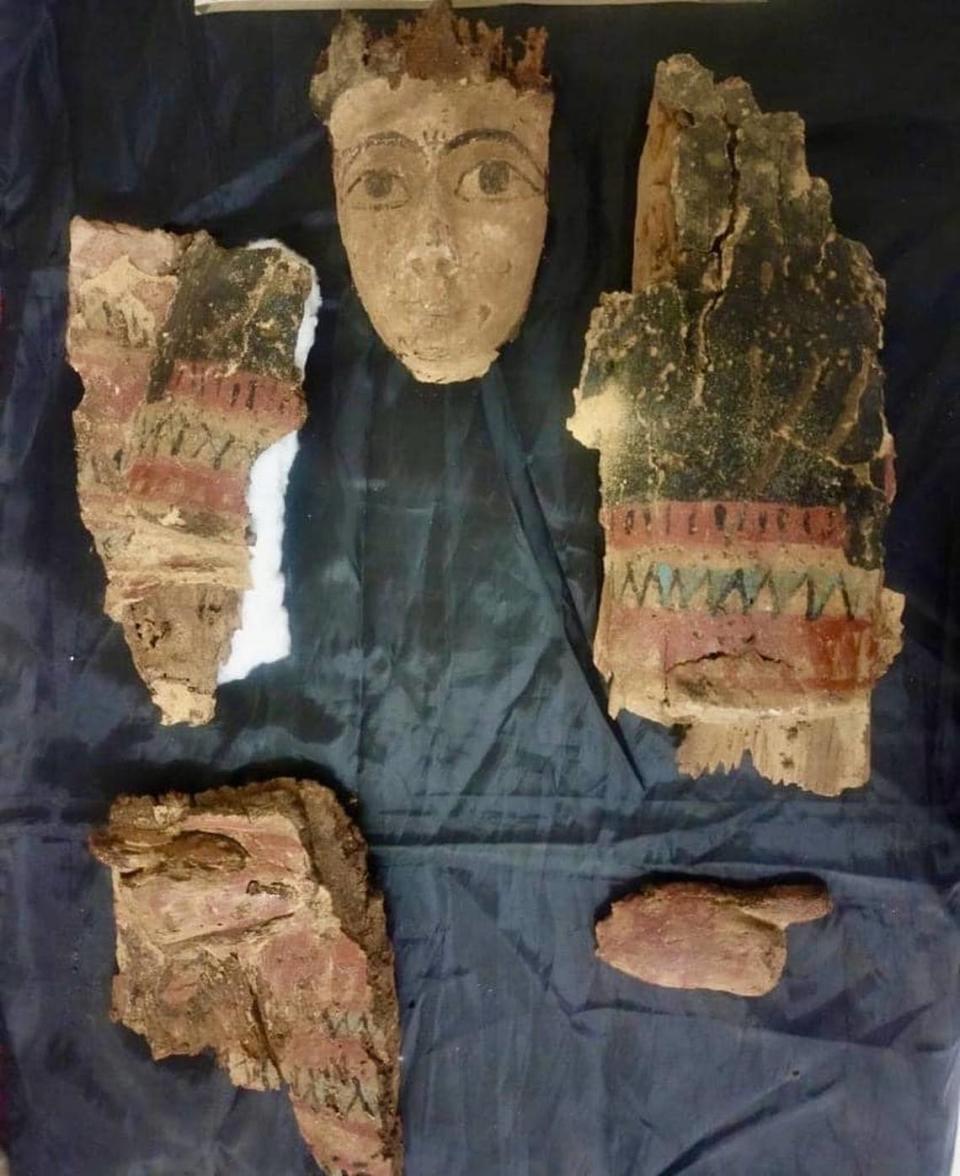Monk’s 1,400-year-old writings uncovered in home near cemetery in Egypt. See the ruins
Buried amid the dry desert sands in Egypt, the home of a monk reemerged. Although the occupant is long gone, his writings lingered on the walls.
Archaeologists were excavating the Mir necropolis cemetery in El Qusiya when they unearthed the ruined structure, Egypt’s Ministry of Tourism and Antiquities said in a May 6 news release.
The building had a patio or courtyard type room, several storage rooms and a fireplace. On the walls, archaeologists found eight lines of prayers written in Coptic language using a black pencil — evidence a monk lived in the structure.
Other spaces of the 1,400-year-old building were likely used to store the monk’s supplies and written manuscripts, the release said. Photos show the crumbling Byzantine-era building.

Egypt’s Byzantine era lasted from 330 to 641 A.D. and is sometimes referred to as the Coptic period, according to Egypt’s Ministry of Tourism and Antiquities. Early in this era, Egyptian Christians, who often belonged to the Coptic church, were aggressively persecuted before being “granted equal rights” as other religions, experts said.
Archaeologists found several other burials at the Mir cemetery site, the release said. These burials were poorly preserved. Photos show the fragmented pieces of a woman’s wooden coffin.

Several pottery vessels and funerary beads were also unearthed at the site. Photos show some of these finds.

The Mir archaeological site is about 200 miles south of Cairo.
Google Translate and Facebook Translate were used to translate the news release from Egypt’s Ministry of Tourism and Antiquities.
Hunt for artifacts from both world wars leads searchers to a much older find in Poland
8-year-old picks up rock at schoolyard — and finds 3,700-year-old artifact in Norway
Ancient stone monument in Spain hid a 5,000-year-old secret — until now. Check it out

